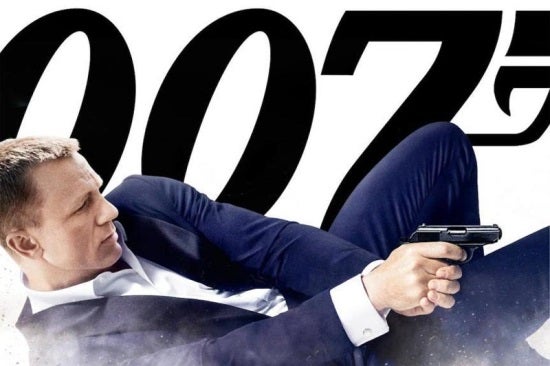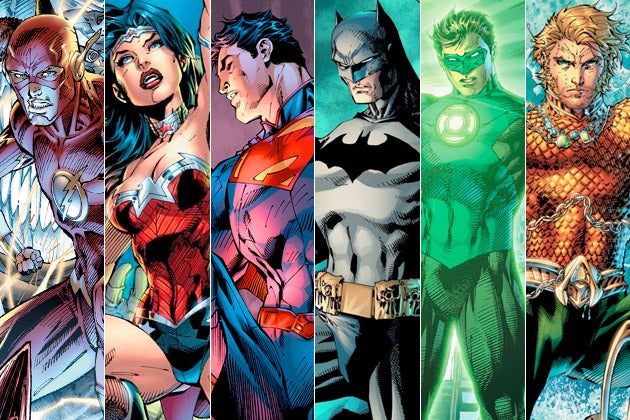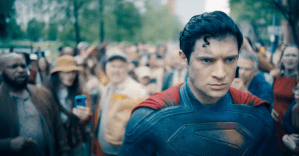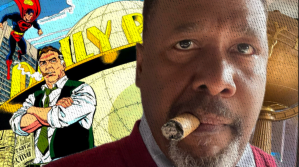
Videos by ComicBook.com
That is, fans would prefer Warner Bros. take the Marvel Studios model and establish each of the characters as a stand-alone element before attempting to mash them up in a team-up film.
The claim is that a Justice League that sees only three established characters thrown in with four strangers will inevitably be too backstory-heavy, too confusing and just plain too cluttered. There isn’t enough time, the complaint goes, to establish something as big as the Justice League in just three movies (Man of Steel, Batman V Superman and Justice League).
This is not a particularly compelling argument.

Hawkeye, of course, got almost no development in either Thor or The Avengers, although they did make an attempt in tying him to Black Widow’s tortured past.
That film hung together on the strength of the group dynamic, the performances and the chemistry of the cast. It wasn’t hurt by the fact that there was a background awareness of many of the characters on the part of the audience, but in the case of Batman or Green Lantern, that can come just as easily from previous screen iterations (which may not be entirely accurate but will tell you everything you need to know).
Many of these characters come with their own cultural profile. People already know stuff about them, and some — perish the thought — have even read comics before.

Regular reader and commentery Joe Kalicki said something the other week that really stuck with me, though, and it seemed worth exploring a bit. I filed it away, and after a couple of weeks (and the death of The Magnificent Seven‘s Eli Wallach this week to get me going again), I decided that I had no particularly compelling argument against his remarks.
“Movies like The Magnificent Seven introduce and fully develop many characters within a runtime, and they don’t even have people’s previous non-movie experience with the characters to draw on,” Kalicki noted.
See also Ocean’s Eleven, where even though there are two or three clear “leaders,” each of the characters gets enough definition to be distinct in spite of the absurd number of leads. Or The Expendables. This isn’t a new phenomenon.
And of course, he’s right and he’s wrong. The average Western gunfighter doesn’t need a first act orgy of exposition like we got in Man of Steel…but then again, neither do most superheroes.

None of these guys need a whole movie to set them up.Done right, a Justice League movie, especially one made after at least Batman, Superman and Wonder Woman (and possibly Cyborg and Aquaman) are introduced, should be just fine.
Done wrong? Well, if it’s done wrong, then having the full complement of Leaguers wasn’t their biggest problem.
This goes for Batman V Superman: Dawn of Justice, too. the “Too many characters” complaint is one that I won’t totally dismiss — we’ve seen a lot of very bad superhero movies derailed by too much going on and it usually happens when a previously-intimate franchise expands too much. But it’s not as though Man of Steel was an arthouse picture to begin with. There were six characters important enough to be “major” and then a pair of subplots running pretty much at all times. Man of Steel owes as much or more to the X-Men school of superhero movies than it does to The Avengers, and while the X-Men films have been criticized from time to time for failing to really spotlight all of the characters, they do a pretty respectable job balancing the major ones. About as well as we got in The Avengers. And, like Man of Steel, they do so with more than one villain.





